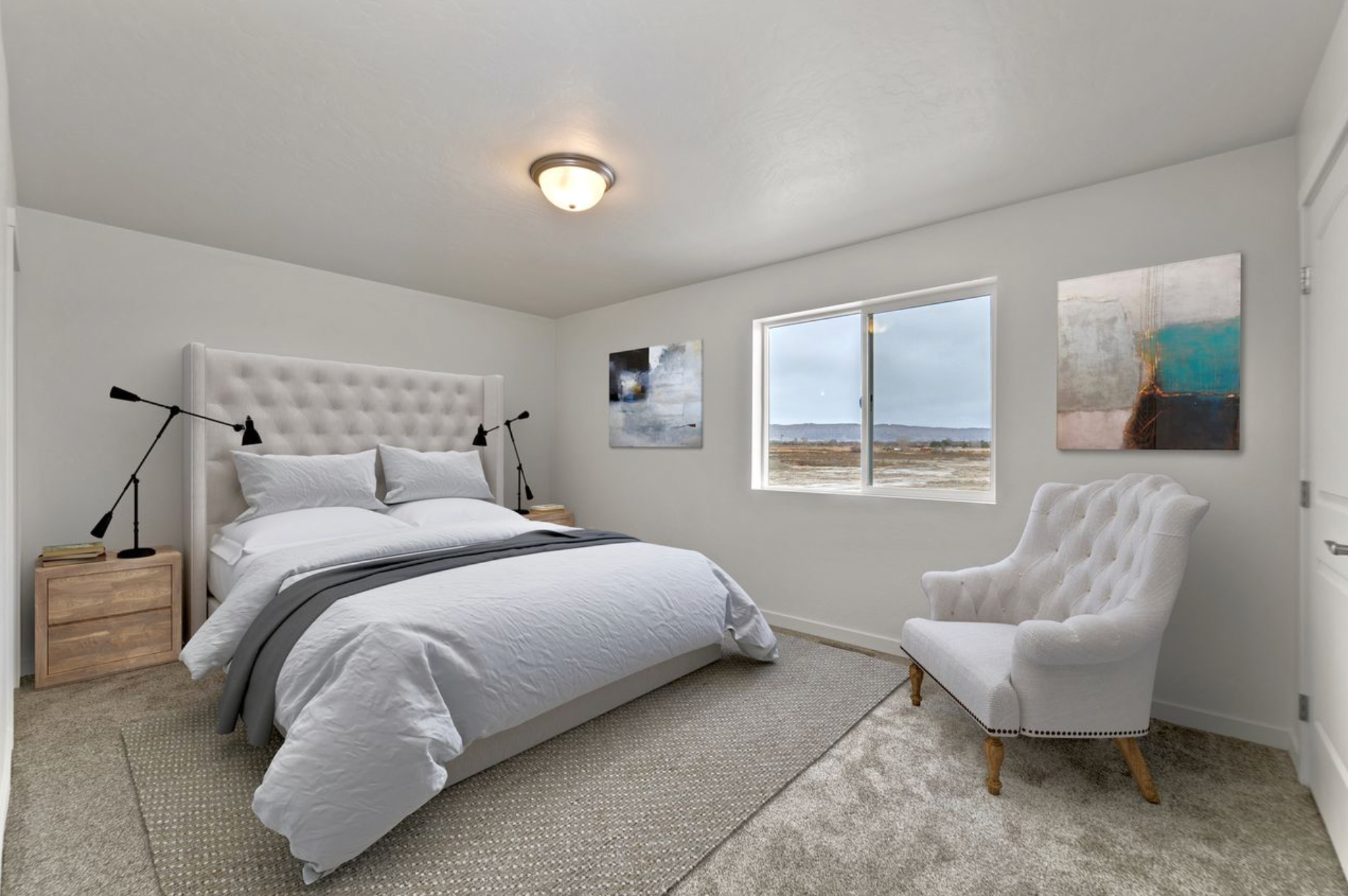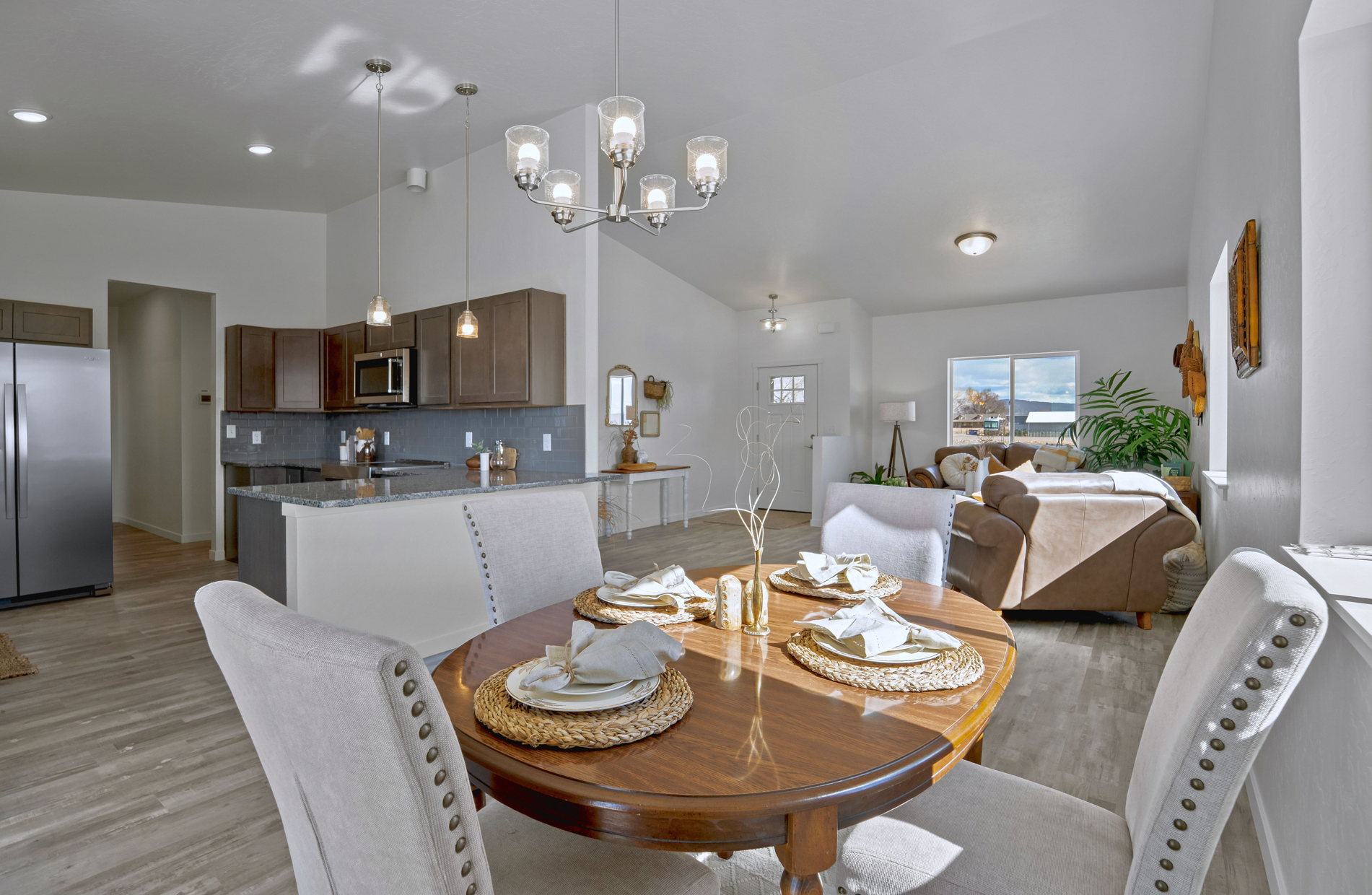A Wake-Up Call for Energy Resilience

In an unusual turn of weather, the southern United States has experienced a historic snowstorm that has served as a wake up call for where our earth is headed. These states, typically known for their warm, temperate climates, are now dealing with several inches of snow-covered roads, power outages, and disrupted travel. While snow in the South is not unheard of, it’s certainly a rare event, and it’s putting many residents and local governments to the test.
In the midst of this unusual weather event, there’s a growing conversation surrounding energy efficiency, sustainability, and resilience in the built environment. At Senergy Builders, we aim to focus more specifically on energy efficient construction, and how that can play a crucial role in the region’s movement toward sustainability. As climate patterns become increasingly unpredictable, it’s clear that the need for resilient, energy efficient homes and commercial buildings is not just a trend but a lifestyle.
All About Energy Efficient Construction
Energy efficient construction is a design and building approach that focuses on reducing energy consumption, improving indoor comfort, and minimizing the environmental impact of buildings. Key elements of energy efficient construction include:
High-Quality Insulation
Proper insulation helps keep heat inside a home or building during winter and outside during summer. By ensuring that buildings are well insulated, energy efficient construction prevents heat loss and reduces the need for constant heating or cooling, ultimately saving energy and lowering utility bills.
Energy Efficient Windows
Windows account for a significant amount of heat loss in most buildings. Energy efficient windows are designed to minimize this loss by using multiple panes of glass and insulating materials to improve thermal performance.
Smart HVAC Systems
Heating, ventilation, and air conditioning (HVAC) systems are often among the largest energy consumers in a building. Energy efficient HVAC systems are designed to use less energy while maintaining a comfortable temperature. This is often achieved through advanced controls, better sealing, and more efficient heating and cooling units.
Renewable Energy Integration
Solar panels, wind turbines, and other forms of renewable energy are being integrated into new construction projects, helping to offset energy consumption from traditional sources. In regions like the South, where the sun shines most of the year, solar power can be particularly effective in reducing dependence on the grid.
Water Conservation Features
Energy efficient construction also goes hand in hand with water conservation. Low-flow plumbing fixtures, drought-resistant landscaping, and rainwater harvesting systems reduce water waste and help conserve one of the planet’s most precious resources.
How This May Help in Snowstorms and Extreme Weather

Maintains Indoor Comfort
Well-insulated homes are better able to trap heat, which means they can stay warmer for longer periods, even when the temperature outside drops significantly. For families during a snowstorm, this means they’re less likely to lose heat during a power outage, keeping them safe and comfortable.
Reduces Dependency on Heating Systems
With energy efficient windows, insulation, and HVAC systems, homes require less energy to stay warm. As the snowstorm brings frigid temperatures, energy efficient buildings use less energy to maintain a comfortable interior temperature, reducing the strain on local power grids and potentially mitigating power outages.
Protects Against Water Damage
Freezing temperatures can cause water pipes to burst, leading to significant water damage. Energy efficient homes often use pipe insulation and other design strategies to prevent water from freezing in the first place, helping protect homeowners from costly repairs.
Solar Energy Backup
Solar Energy—your best friend. Many energy efficient homes are equipped with solar panels or battery storage systems. These technologies allow homeowners to generate their own power during the day and store it for use during an outage. In the event of a snowstorm or power failure, solar-powered homes can continue to function without relying on the grid.
Long-Term Resilience
In the broader context, energy efficient construction promotes sustainability by reducing reliance on fossil fuels and lowering carbon footprints. By reducing the need for constant heating, cooling, and electricity, energy efficient buildings help mitigate the effects of climate change, which may contribute to more frequent and severe weather events like the snowstorm currently hitting the South.
How Senergy Builders is Leading The Way In Grand Junction, CO
We at Senergy aim to not only build homes and businesses that are energy efficient, but also sustainable and well-equipped to prepare for climate challenges that the future has to offer.
We aim to prioritize the use of locally sourced and sustainable materials, reducing the environmental impact of transportation and minimizing waste. Additionally, we often focus on designing buildings that are flexible and adaptable, allowing them to better withstand unpredictable weather events, whether that means incorporating better drainage systems to prevent flooding or building homes that can withstand stronger winds.
Our mission isn’t just about reducing energy bills or making homes more comfortable; it’s about ensuring that our lovely community of Grand Junction is prepared for whatever the future may hold.
Choose Senergy Today
The current snowstorm in the Southern U.S. serves as a reminder of the growing unpredictability of weather patterns and the need for buildings that can withstand extreme conditions. As climate change continues to affect weather systems, energy efficient construction companies are at the forefront of the movement toward sustainability and resilience.
By building homes and commercial buildings that are energy efficient, well-insulated, and designed to adapt to changing conditions, these companies are not just reducing energy consumption—they are building a more sustainable future for everyone. In a world where extreme weather events are becoming more frequent, investing in energy efficient construction is not just a smart choice—it’s an essential one.
When we prioritize energy efficiency at Senergy Builders, that doesn’t at all mean compromise on our customer’s part. We are pioneers of the movement towards sustainability, yes, but we are also professionals committed to saving our clients money through cost-effective solutions.
At the core of our mission, we’re all about four simple words: Simply better, simply smarter. Let us help you make the right choice with our core values and vision for the future.
You might also like



